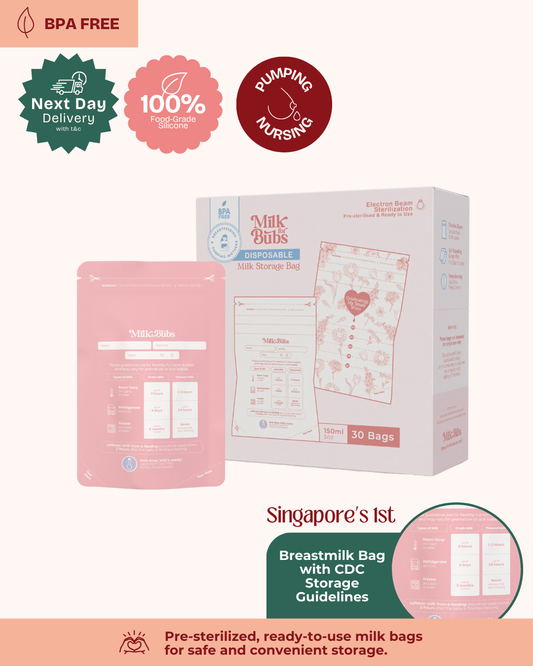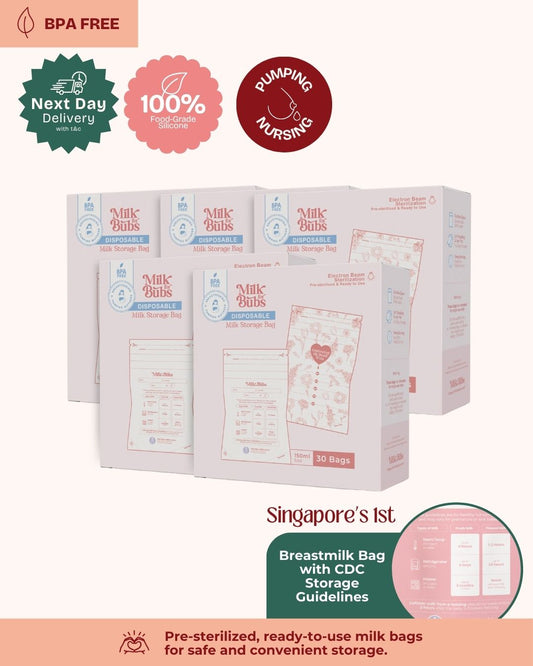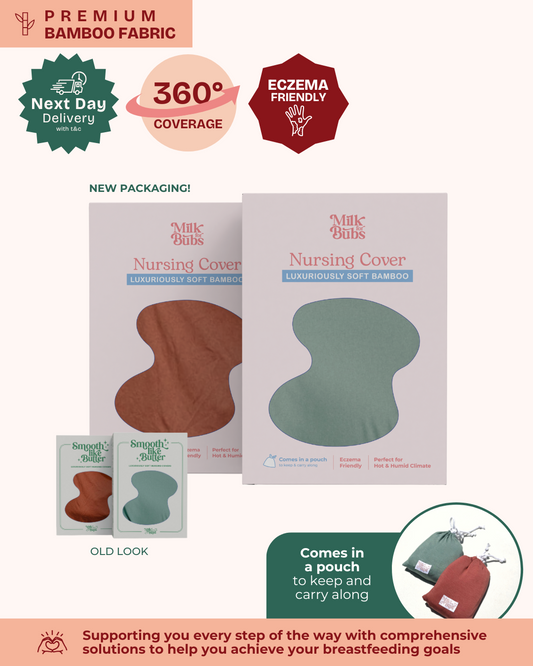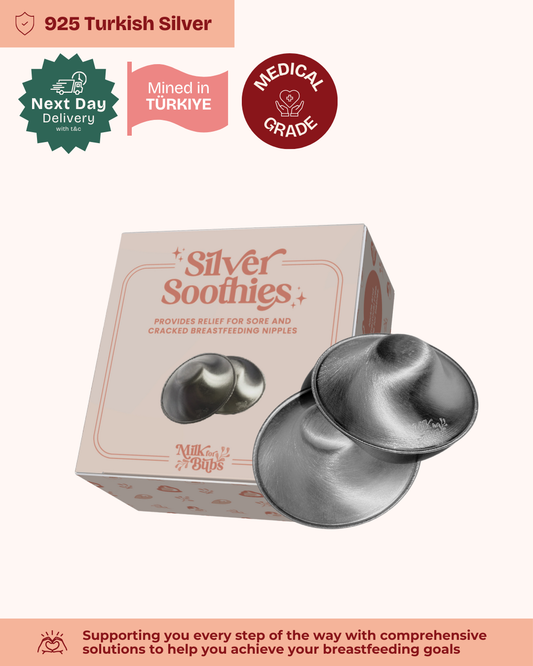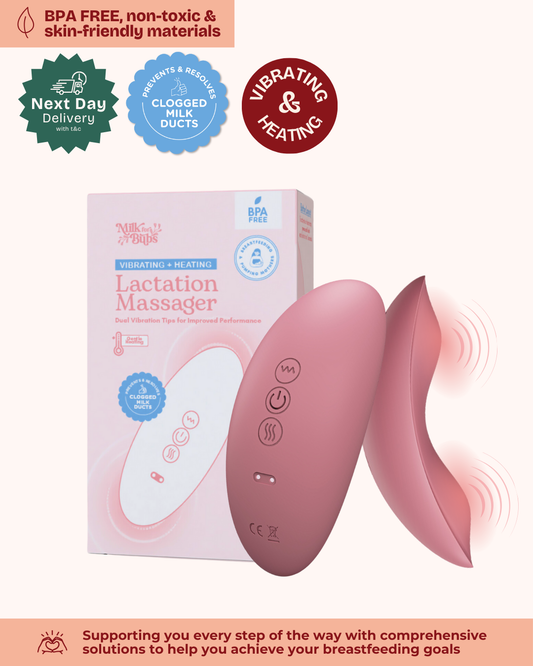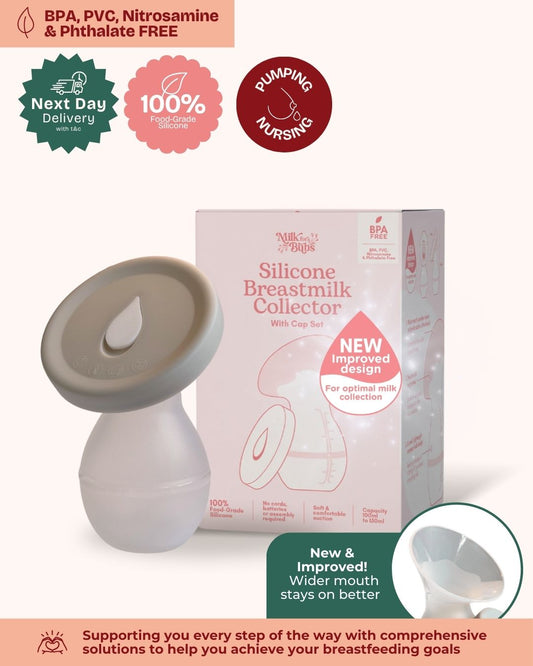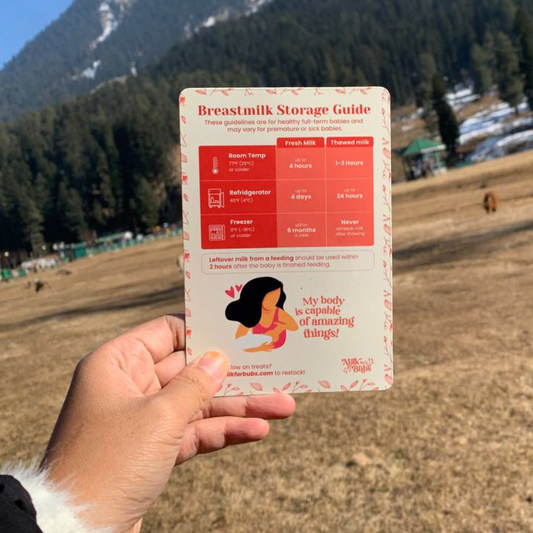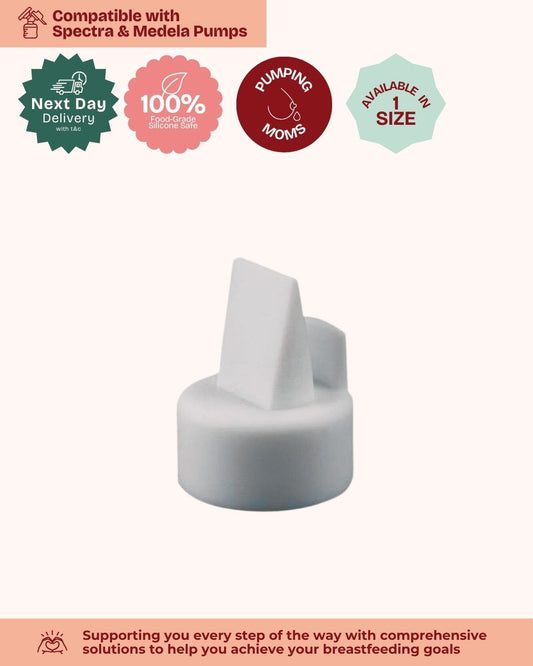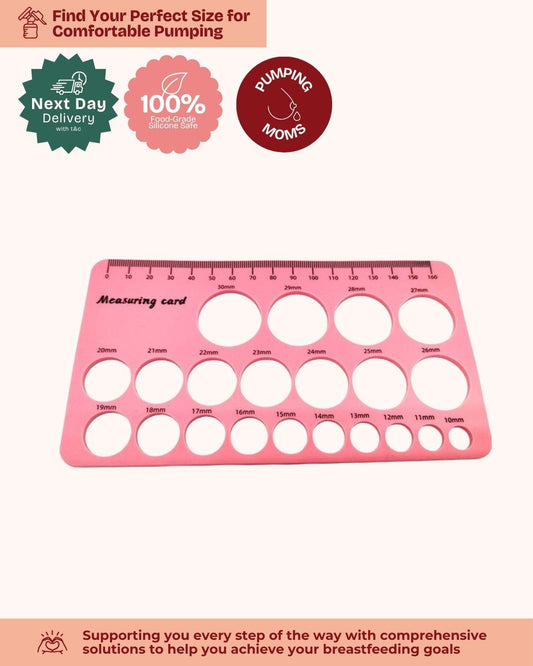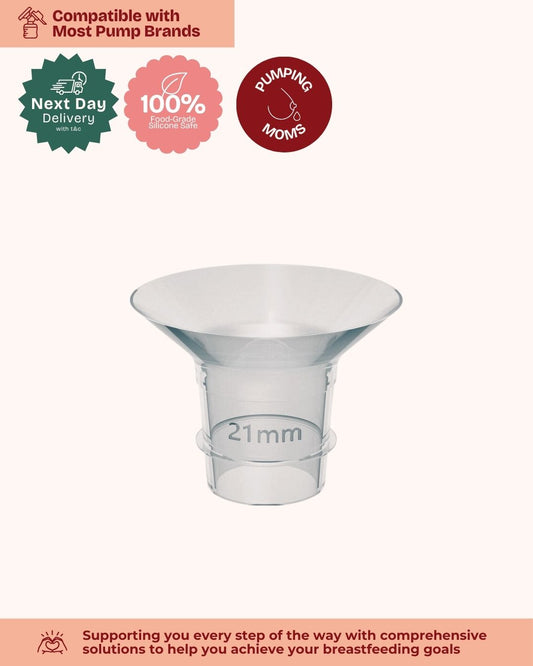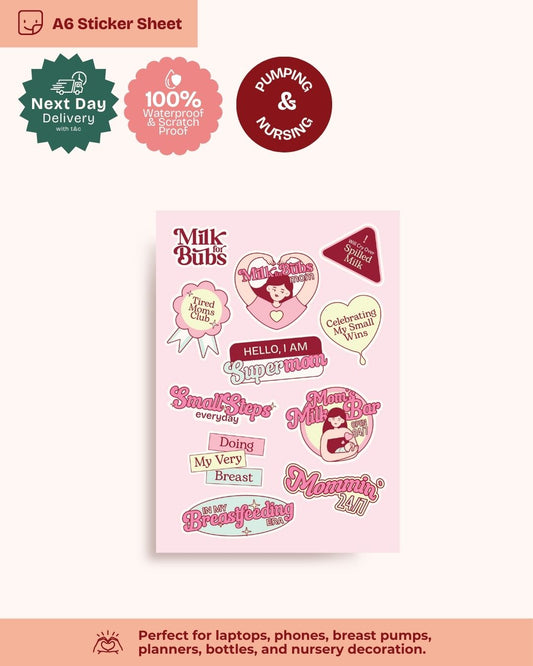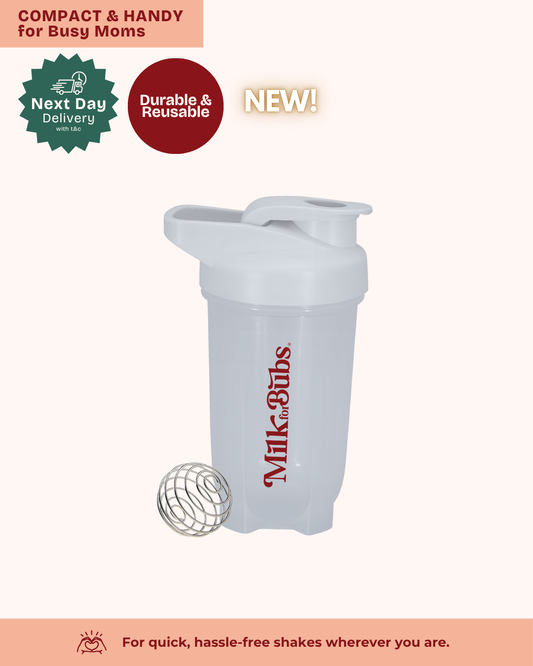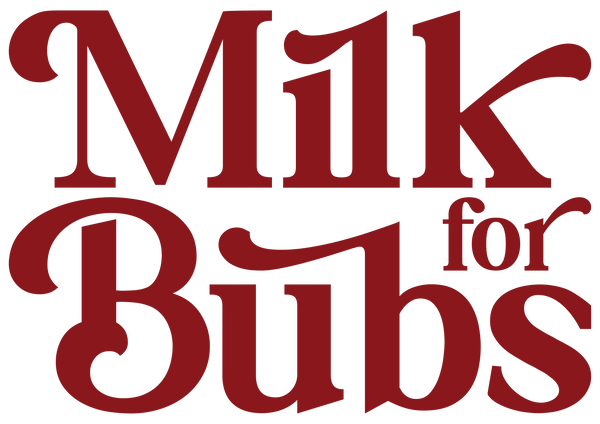If you’re a new mom, you’ve probably fallen into the rabbit hole of online shopping carts filled with so-called breastfeeding essentials.
But truthfully? When I was pregnant, I didn’t even know if I’d need a breast pump, let alone all the extra parts and gear that come with it. I imagined myself doing direct breastfeeding (DBF) like I saw in the books and online. But reality had other plans.
As a first-time mom navigating everything solo, I learned I had flat nipples, which made latching incredibly difficult. My baby ended up being bottle-fed almost from the very beginning, and that unexpected turn is what led me down the path of becoming an exclusive pumping mom, a journey I hadn’t planned or even prepared for.
And when I finally started Googling “breastfeeding help” or “best breast pump,” I was completely overwhelmed. Suddenly I was flooded with ads for flanges, silicone milk catchers, sterilizers, mystery tubes, cooler bags. Half of which I didn’t even know how to use, let alone whether I needed them.
It felt like the message was: Buy everything, just in case.
But here’s what I wish someone had told me earlier: You don’t need everything. You just need what actually supports you, your body, and your baby.
But First, Why I Ended Up Exclusively Pumping
I always thought I’d breastfeed the “normal” way: direct latch, skin to skin, just me and my baby. But when I found out I had flat nipples, everything changed.
My son struggled to latch no matter how many positions or tools I tried. We worked with what we had and that meant bottles from the beginning.
At first, I didn’t even know exclusive pumping was a thing. I just knew I wanted my baby to still get breast milk. So I grabbed a pump, and that pump became my breastfeeding lifeline.
It wasn’t easy. It took time to learn. And suddenly, pumping came with a whole new set of challenges: so many parts, products, and “essentials” I didn’t know I’d need. That’s when the gear overload hit me.
The Overwhelm Is Real
From the minute you search “best breast pump,” you’re hit with lists and ads for:
-
Electric pumps
-
Manual pumps
-
Silicone milk catchers
-
Sterilizers
-
UV sterilizers
-
Milk storage bags & trays
-
Pump bags
-
Cooler bags
-
Pump bras
-
Nipple creams
-
Flange inserts
-
Milk warmers
-
Smart pumps
-
Milk tracking apps
-
Breast pads
-
Drying racks
-
Spray lubricants
-
Bottle warmers
Some of these? Absolute lifesavers.
Others? I bought them, used them once or twice, and then shoved them in a drawer.
Let’s clear the clutter. Here’s what I actually used and what I could’ve skipped.
✅ My Must-Have Pumping Essentials (Tried and True)
1. A Reliable Breast Pump
I used a portable electric pump that fit my work-from-home setup and budget. If you’re tight on money, look into hospital-grade rentals or health programs that offer subsidized pumps. They’re a lifesaver.
2. Milk Storage Bags or Containers
I used BPA-free milk bags that freeze flat and are easy to label. Just don’t overbuy too early. They do expire!
3. Hands-Free Pumping Bra (or DIY)
I needed to work, hold my baby, or just scroll in peace. I DIY-ed it with a sports bra at first, then upgraded to a comfy pumping bra. Totally worth it.
4. A Flange That Actually Fits
I didn’t know how important flange size was until I experienced pain and low output. I had to remeasure and switch sizes more than once.
👉 Your nipple size may change over time, recheck regularly.
5. Basic Sterilizing Setup
No fancy gadgets here. I boiled my pump parts on the stove or washed them in hot soapy water. Simple, safe, and effective.
6. Cooler Bag + Ice Packs
Since I went back to work a month postpartum, this was non-negotiable. I used it daily for storing expressed milk during commutes and daycare drop-offs.
7. Silicone Milk Collector
This helped me catch letdown from the opposite breast in the early months. Once my supply regulated, I barely needed it anymore but it was useful early on.
8. Pumping Bag
I used a bag that could fit my ice pack, 4–5 milk containers, and pump. Functional, and there are lots of stylish options if you want something cut
9. Water Heater
This was such a game-changer. As a pumping mom, I needed warm or hot water often, especially when leaving bottles with a caregiver or cleaning pump parts.
🤷 Nice-to-Haves (But Not Always Necessary)
1. Bottle Warmers
A mug of hot water did trick just fine.
2. Drying Racks
A clean towel on the counter worked perfectly.
3. Smart Pumps & Tracking Apps
Great if you love data. I personally just used Notes on my phone.
4. Storage Pods or Trays
Look great, but basic milk bags were cheaper and easier to store.
✨ Supportive Treats That Actually Helped
I learned a lot about functional snacks, especially when I was pumping around the clock and running on fumes.
I’m a huge fan of MilkforBubs, their lactation cookies, brownies, and granola felt like a little gift to myself after every pump.
They’re loaded with:
-
🍪 Australian rolled oats
-
🍪 Brewer’s yeast
-
🍪 Flaxseed meal

They’re not magic. They’re supportive. They gave me an energy boost, a moment of joy, and something to look forward to. Plus: they’re actually crunchy and tasty.
🌿 Final Thoughts
You don’t need all the gadgets to be a good mom.
You don’t need the most expensive setup to make pumping work.
What you do need is:
-
Tools that fit your real life
-
Support that eases your stress
-
A reminder that you’re doing enough
If you’re unsure about buying something, ask yourself:
“Is this solving a real problem or just feeding my FOMO?”
You’ve got this, mom. And if you ever feel overwhelmed? You’re not alone. I’ve been there and I’m cheering you on.
- Fathi Aidiya
